Ειδήσεις Για Την Εταιρεία Μας
E-Malt news
UK: Syngenta agrees to sell its malting barley seeds business
Germany & South Korea: Paulaner switches South Korea distribution to Heineken
Thailand: ThaiBev reports 7% fall in annual profit
USA, TX: Revolver Brewing to leave Granbury and move to Dallas-Fort Worth area
Οι βύνες μας
Οι λυκίσκοι μας
New Hops
Η Μαγιά μας
Τα Μπαχαρικά μας
Η ζάχαρή μας
Τα Καπάκια μας
-
 Kegcaps 74 mm, Gold 116 Flatfitting A-type (700/box)
Προσθέστε
Kegcaps 74 mm, Gold 116 Flatfitting A-type (700/box)
Προσθέστε
-
 Kegcaps 69 mm, Black 91 Grundey G-type (850/box)
Προσθέστε
Kegcaps 69 mm, Black 91 Grundey G-type (850/box)
Προσθέστε
-
 Kegcaps 64 mm, Rose 1215 Sankey S-type (EU) (1000/box)
Προσθέστε
Kegcaps 64 mm, Rose 1215 Sankey S-type (EU) (1000/box)
Προσθέστε
-
 Kegcaps 74 mm, Black 91 Flatfitting A-type (700/box)
Προσθέστε
Kegcaps 74 mm, Black 91 Flatfitting A-type (700/box)
Προσθέστε
-
 Kegcaps 74 mm, Blue 141 Flatfitting A-type (700/box)
Προσθέστε
Kegcaps 74 mm, Blue 141 Flatfitting A-type (700/box)
Προσθέστε
ΠΙΣΤΟΠΟΙΗΤΙΚΑ
Πρόταση
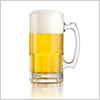 Switzerland: Downturn in beer market continues with sales shrinking by 1.8%
Switzerland: Downturn in beer market continues with sales shrinking by 1.8%
The downturn in the Swiss beer market continues. In the last brewing year 2024/25 (as of end September), beer sales including non-alcoholic beers shrank by 1.8% to 4.72 million hectolitres, Swiss Infor reported on November 26.
The boom in craft beers is declining. On the other hand, demand for traditional beer styles such as lager, pale ale and increasingly pilsner is on the rise again, the Swiss Brewers’ Association (SBV) announced to the media in Zurich on Thursday.
Non-alcoholic beer is included in the figures for the first time. In contrast to alcoholic beer, the output of non-alcoholic beer grew by 13% to 353,307 hectolitres, bringing the share of non-alcoholic beer to 7.5% after 7% in the previous year.
Without the non-alcoholic beers, the situation looks even bleaker. Sales of beer with alcohol fell by 2.8% to 4.37 million hectolitres.
The catering trade continued to suffer. The proportion of beer sales accounted for by the catering trade fell from 31.4% in the previous year to 30.7% at present. This means that people are increasingly buying their beer in shops. This contrasts to 20 years ago, when the share in each sector was fairly equal.
“Rural and beverage-centred restaurants in particular are struggling with dwindling customer numbers and therefore struggling to survive,” wrote the association. If coronavirus loans also have to be paid, it will be tight for many.
In addition, the traditional “regulars’ table” (Stammtisch in German) is under generational pressure and is literally dying out, wrote the brewery association. “There is nothing comparable to follow.” The population’s changing leisure, spending and consumer behaviour is also an important reason for the current negative trend.
People are increasingly withdrawing into their private lives, explained the SBV. The 14 to 29-year-olds in particular are going to fewer parties or clubs. Leisure time is shifting more towards individual and digital activities.
Πίσω



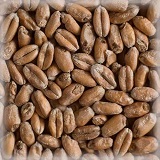
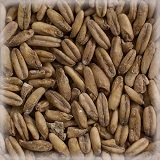








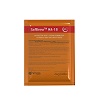
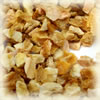





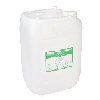

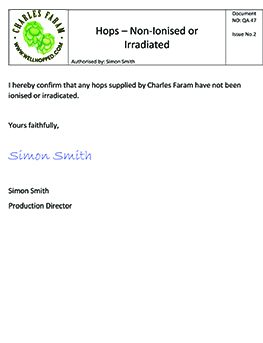 ChF Hops Non-Ionization and Non-Irradiation Certificate
ChF Hops Non-Ionization and Non-Irradiation Certificate
 Fagron Spices, Organic Certificate 2024 - 2025
Fagron Spices, Organic Certificate 2024 - 2025
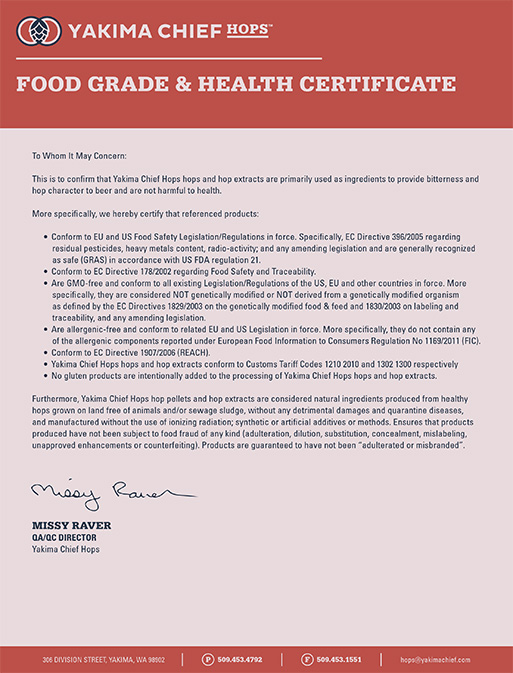 Hops Yakima Chief, Food Grade & Health Certificate
Hops Yakima Chief, Food Grade & Health Certificate
 Malt Kosher Certificate July 2024-June 2025
Malt Kosher Certificate July 2024-June 2025
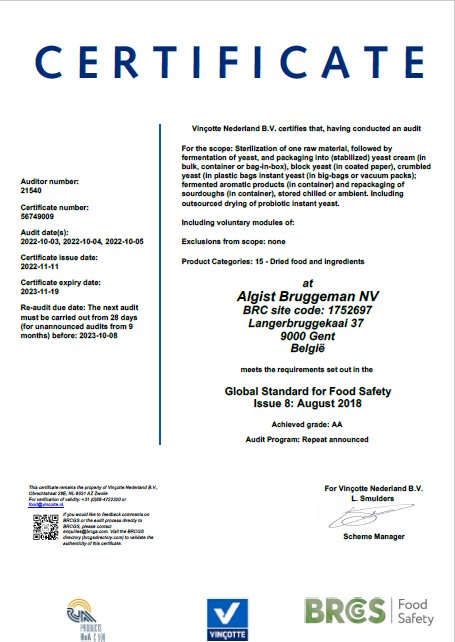 Fermentis Yeast Food Safety Certificate
Fermentis Yeast Food Safety Certificate






